Cordless drills have become indispensable tools in the realm of construction and DIY projects, offering unparalleled convenience and portability. One common query that surfaces is, Can a cordless drill effectively drill into metal? In this in-depth exploration, we dissect the capabilities of cordless drills on metal surfaces, considering factors that influence performance and outcomes.
- Understanding Cordless Drill Technology:
- Power Ratings: Delving into the power ratings of cordless drills, exploring the impact of voltage and torque on their ability to handle various materials.
- Battery Technology: Examining the advancements in battery technology and how it contributes to the overall performance and runtime of cordless drills.
- Types of Cordless Drills and Their Metal-Drilling Capabilities:
- Drill Drivers: Assessing the basic drill driver and its suitability for light metal applications, discussing the need for appropriate drill bits and speed settings.
- Hammer Drills: Unveiling the added capabilities of hammer drills in drilling through tougher metals, and explaining the mechanism behind their effectiveness.
- Choosing the Right Drill Bits for Metal:
- High-Speed Steel (HSS) Bits: Discussing the advantages of HSS bits for general metal drilling, including tips on maintaining sharpness and prolonging bit life.
- Cobalt Drill Bits: Exploring the enhanced durability and heat resistance of cobalt drill bits, making them ideal for more demanding metal applications.
- Tips for Efficient Cordless Metal Drilling:
- Proper Speed and Torque Settings: Providing insights into the significance of adjusting speed and torque settings based on the type and thickness of the metal being drilled.
- Cooling Mechanisms: Highlighting the importance of intermittent drilling and allowing the tool to cool down to prevent overheating.
- Limitations and Considerations:
- Thicker Metals: Acknowledging the limitations of cordless drills when it comes to drilling through thicker or more rigid metals and proposing alternative solutions.
- Battery Management: Discussing the impact of battery life on continuous drilling and suggesting strategies for optimizing runtime.
- Maintenance and Safety Practices:
- Tool Maintenance: Offering practical tips on maintaining cordless drills for optimal performance and longevity.
- Safety Gear: Emphasizing the importance of using appropriate safety gear, such as gloves and safety glasses, during metal drilling operations.
Conclusion:
In conclusion, cordless drills can indeed drill into metal surfaces with remarkable efficiency, given the right drill bits and settings. This comprehensive guide equips users with the knowledge to make informed decisions, ensuring that cordless drills are harnessed to their full potential when faced with metal-drilling challenges.
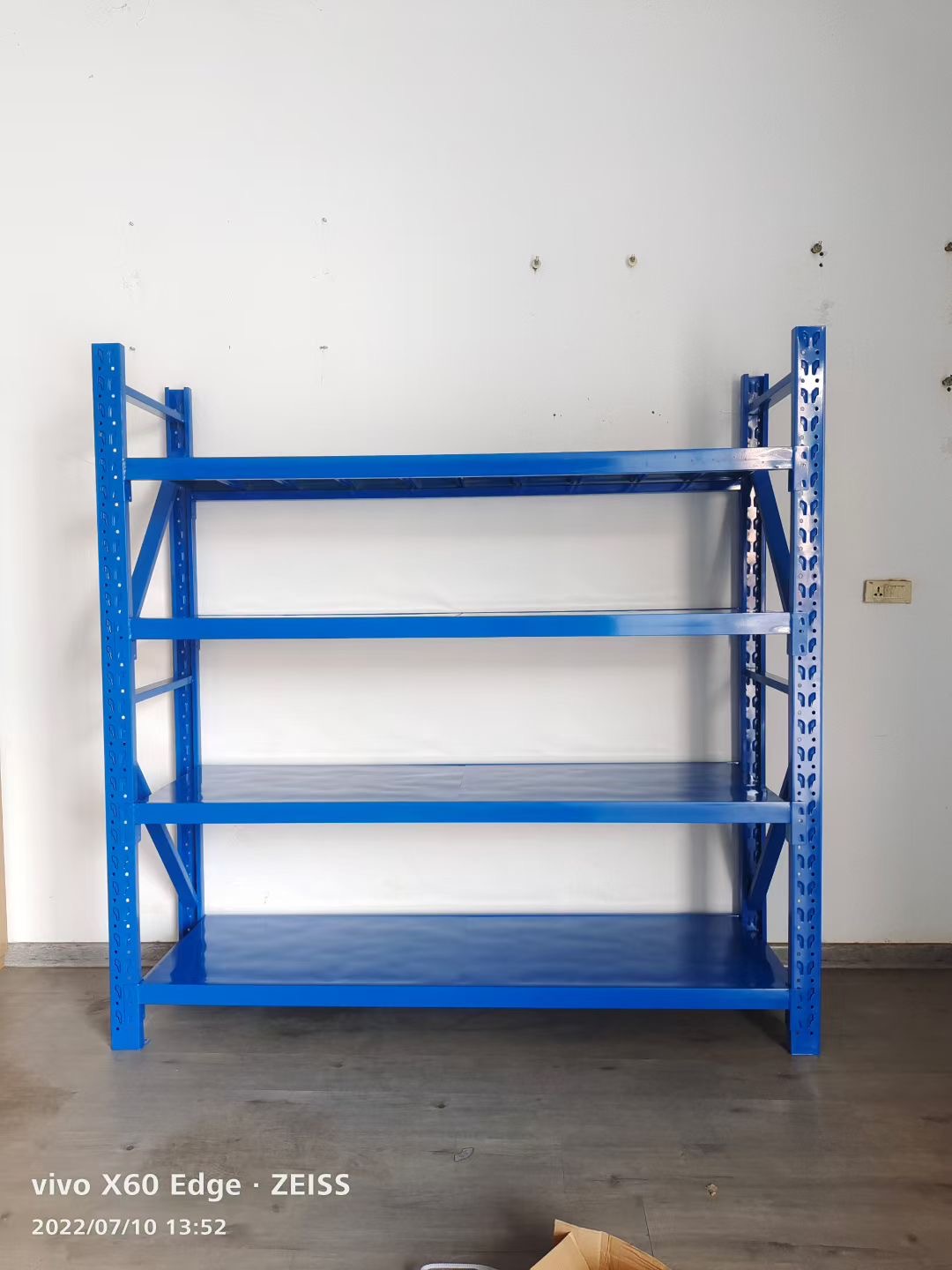
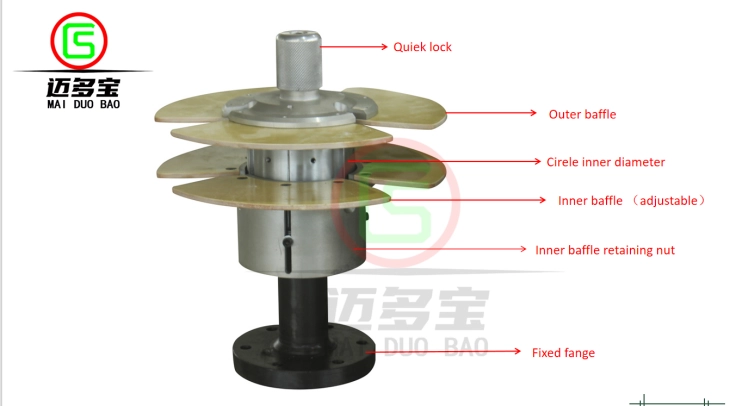

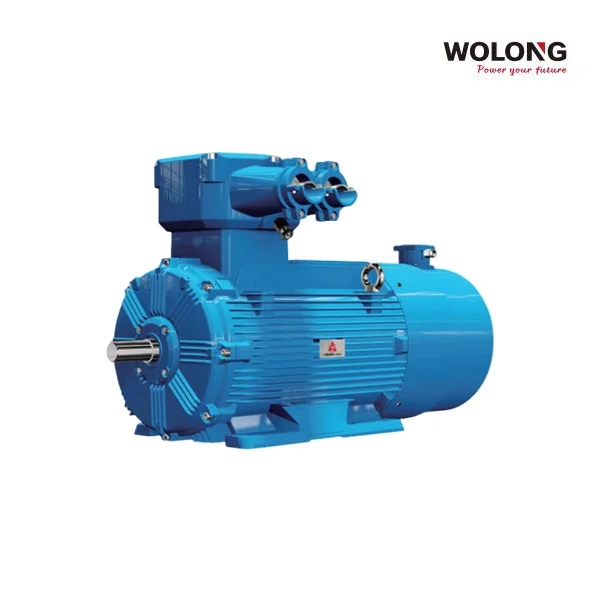


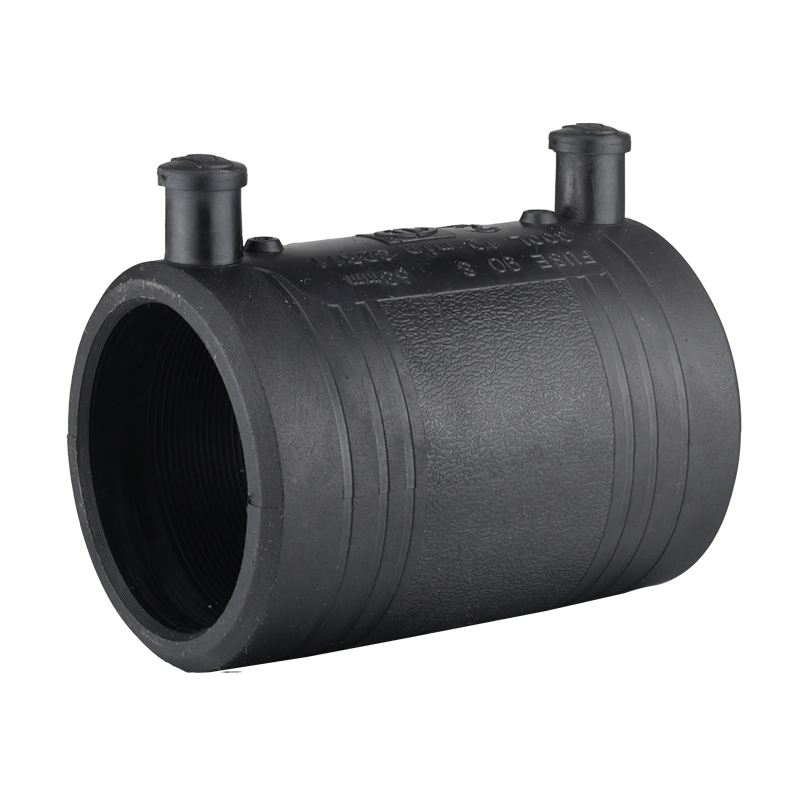
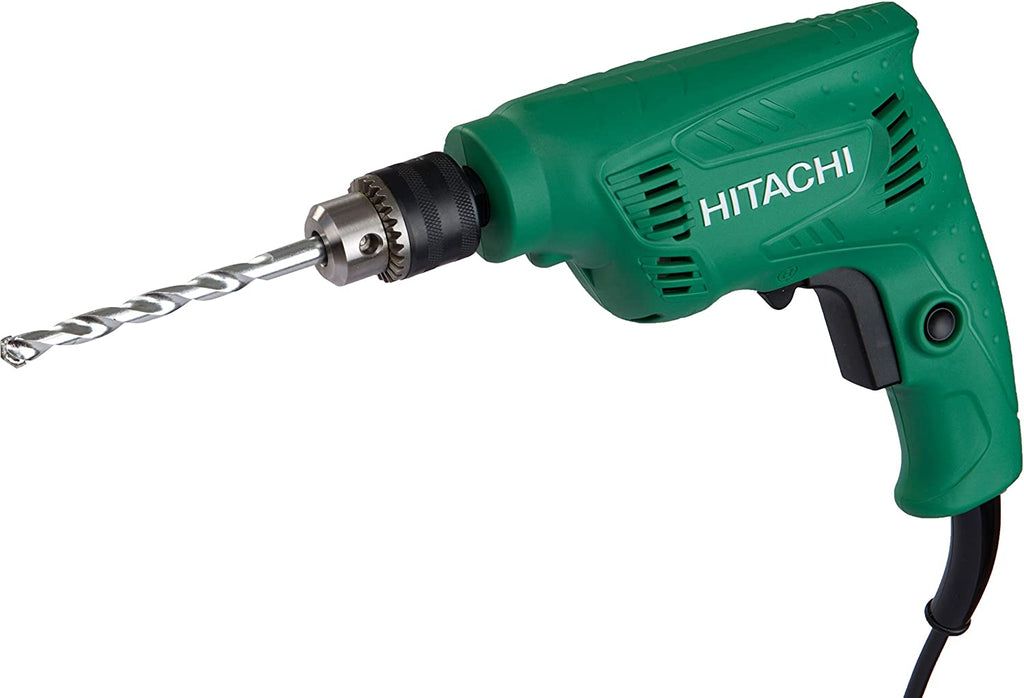
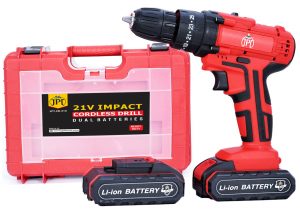

+ There are no comments
Add yours